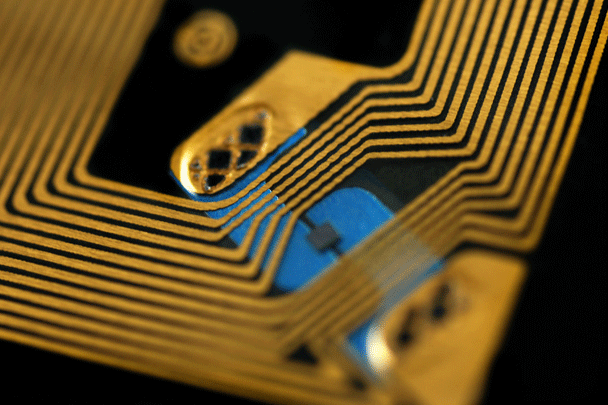Barcodes provide the means to automatically capture data that is carried on physical objects, bridging the world of physical things and the world of electronic information.
Depending on the barcode symbol, they can be used to encode information such as product and shipment identifiers as well as other data such as serial numbers, batch/lot numbers and dates.
Barcodes play a key role in supply chains, enabling industry to automatically identify and track products as they move through the supply chain.
There are several types of barcodes that are used depending on the business requirements.
Linear barcodes
Linear barcodes are commonly found on consumer goods, use a series of variable-width lines and spaces to encode data, including the Global Trade Item Number (GTIN) for product identification.
Here are the most commonly used GS1 barcodes:
EAN/UPC
Used for marking products that are sold at retail point of sale and can also be used in general distribution. It encodes the Global Trade Item Numbers (GTIN-13). Useable worldwide (including the US). Used on retail items that cross the point of sale.
GS1 Data Bar
Used for marking products that cross point of sale applications. It encodes any of the GS1 Identification Numbers plus supplementary A1 element strings, such as weight and best before date, in a linear symbol that can be scanned omnidirectionally by suitably programmed slot scanners. Encodes information such as expiration date on fresh foods.
GS1-128
Barcode that allows you to encode all GS1 keys. Particularly useful for logistics and traceability as it can encode additional information such as serial numbers, batch numbers, expiration date, quantities, customer order number, etc. Also used in healthcare.
ITF-14
A barcode designed to be printed directly on corrugated substrate (cardboard box), it offers good readability on low quality materials. It cannot be used to identify commercial items that will pass through the POS.
Two-dimensional (2D) barcodes
2D barcodes are made up of dark and light spaces on a grid, like a chess board.
They can hold significant amounts of data in a relativity small symbol. 2D barcodes are used in a wide range of industries, from manufacturing and warehousing to logistics and healthcare.
GS1 Data Matrix
2D symbol that allows you to encode more data in a smaller space than linear barcodes. Can hold information such as serial numbers, lot numbers and expiration dates. It’s a barcode commonly seen in the healthcare setting, typically on medical devices and pharmaceuticals, but can also be used by other industries for different applications
GS1 QR Code
QR Codes are dense black modules distributed in a standard box shape on a white background, a more sophisticated cousin of the barcode that can contain 100 times more information.
If you require further information about 2D barcodes or technical information, please visit the GS1 global website.

EPC/RFID
Radio Frequency Identification refers to the use of radio waves to read and capture information stored on a tag attached to an object. The object itself is identified in the tag by a unique Electronic Product Code (ECP).
RFID readers send out a signal that picks up any RFID tags within their range. RFID technology is increasingly being used in the healthcare setting for asset tracking and in apparel sector for inventory management.
If you require further information about EPC codes and RFID technical information, please visit the GS1 global website.

